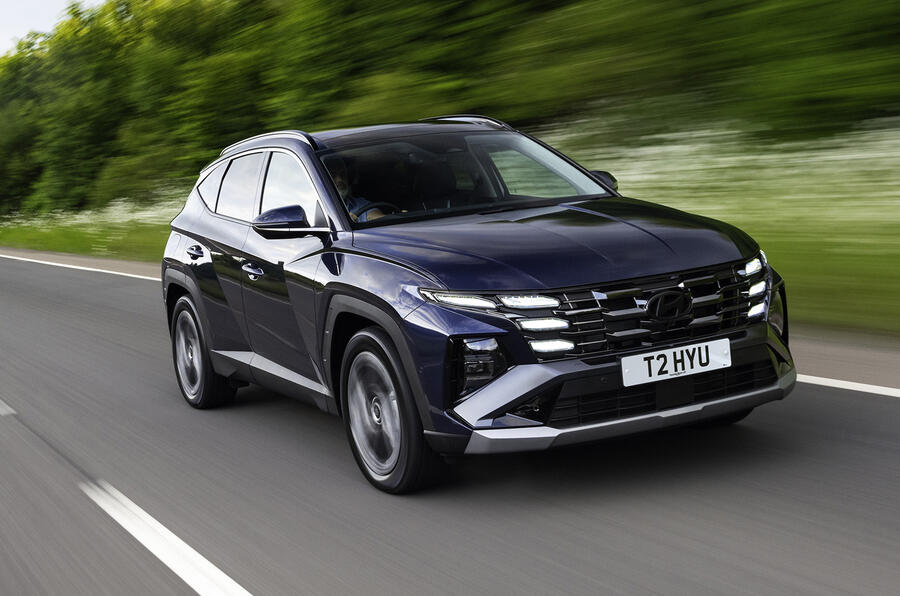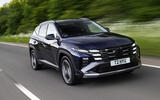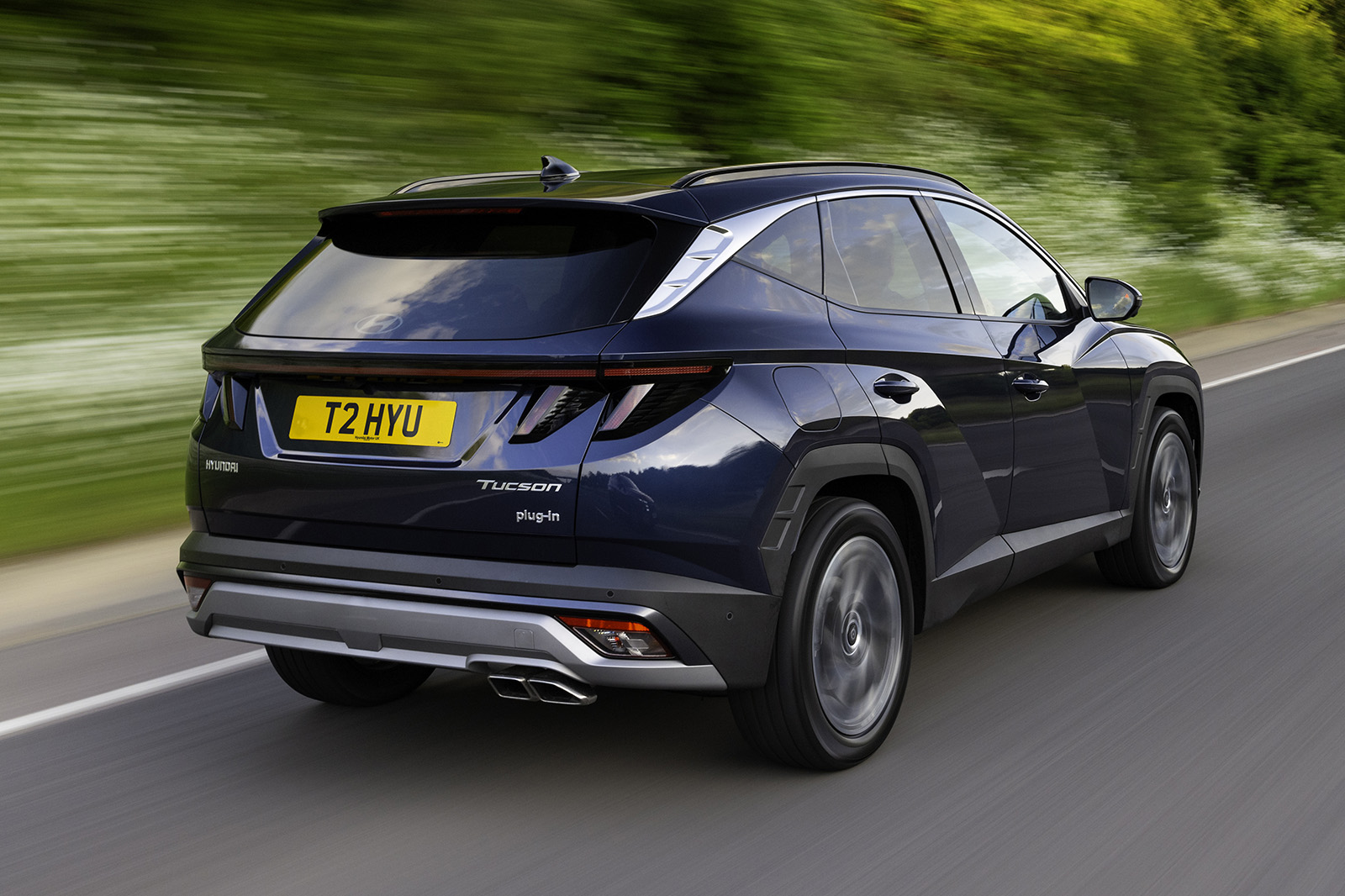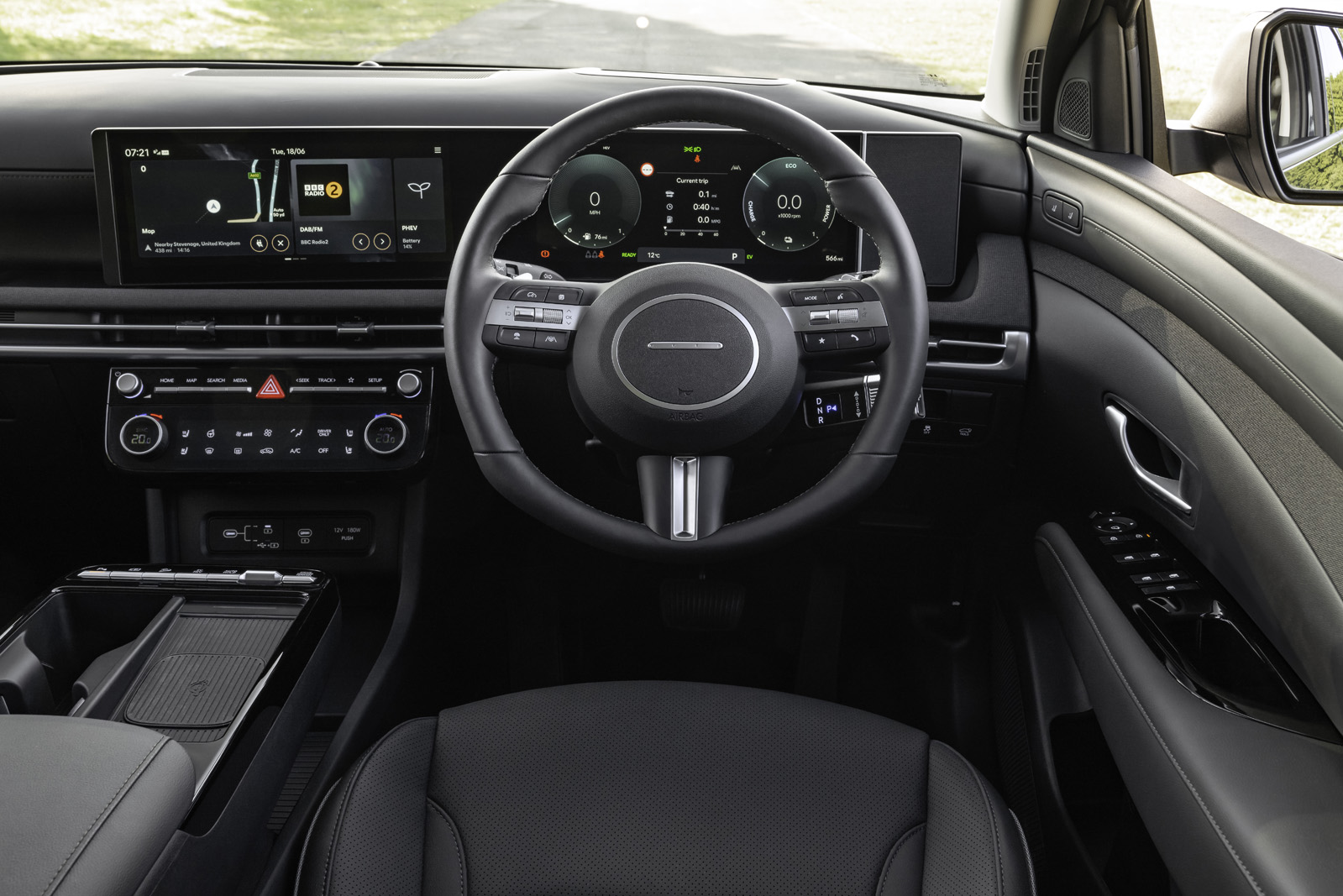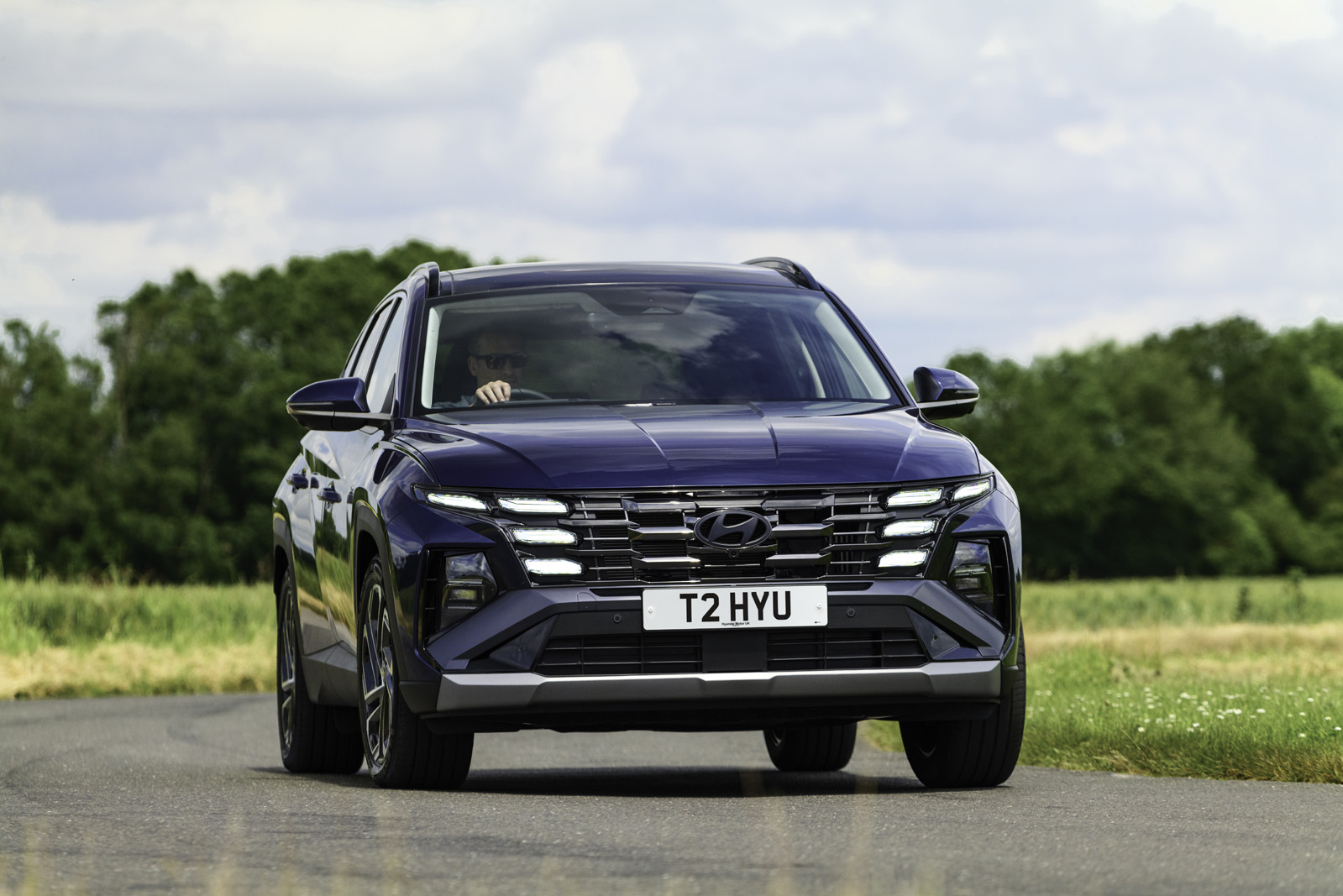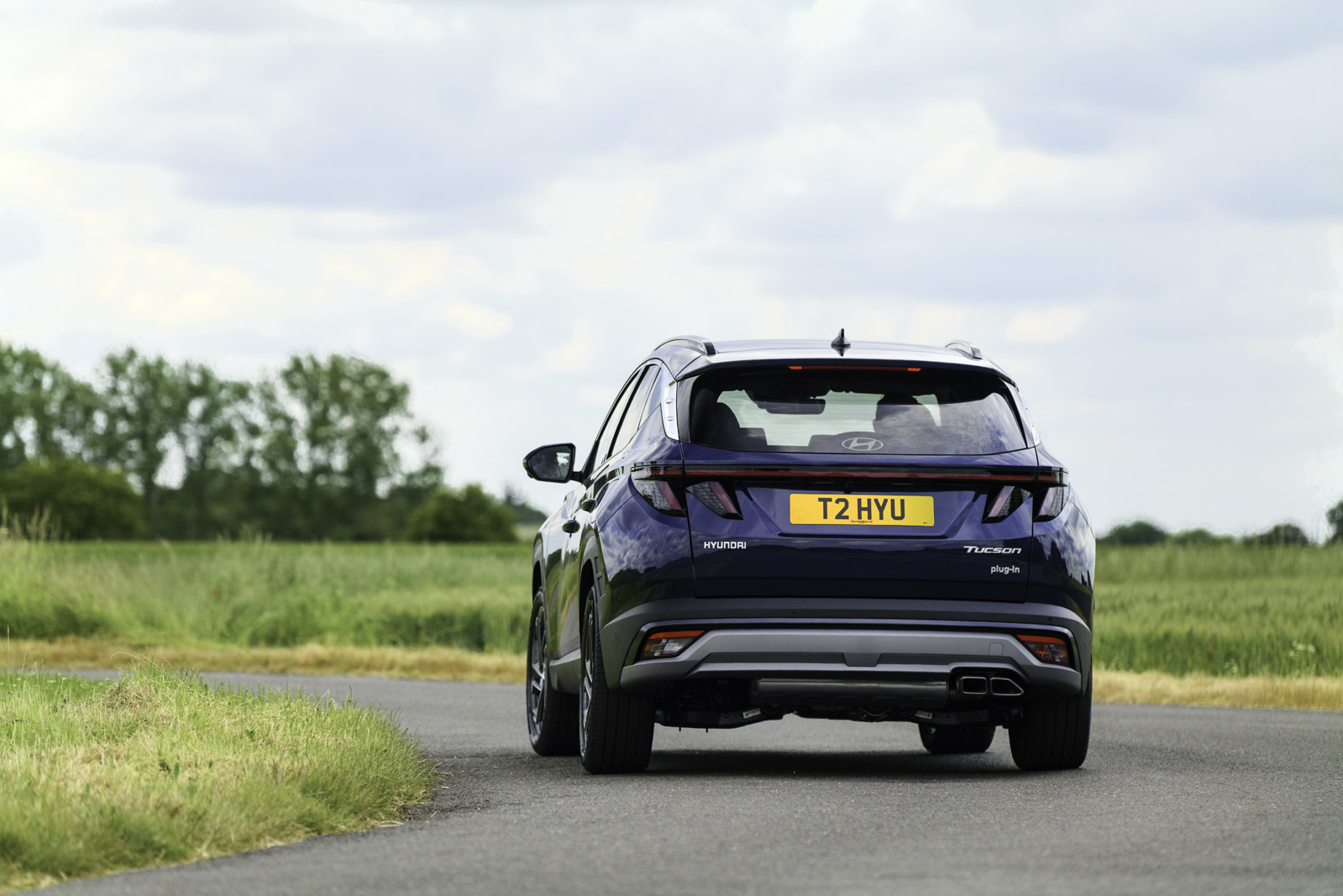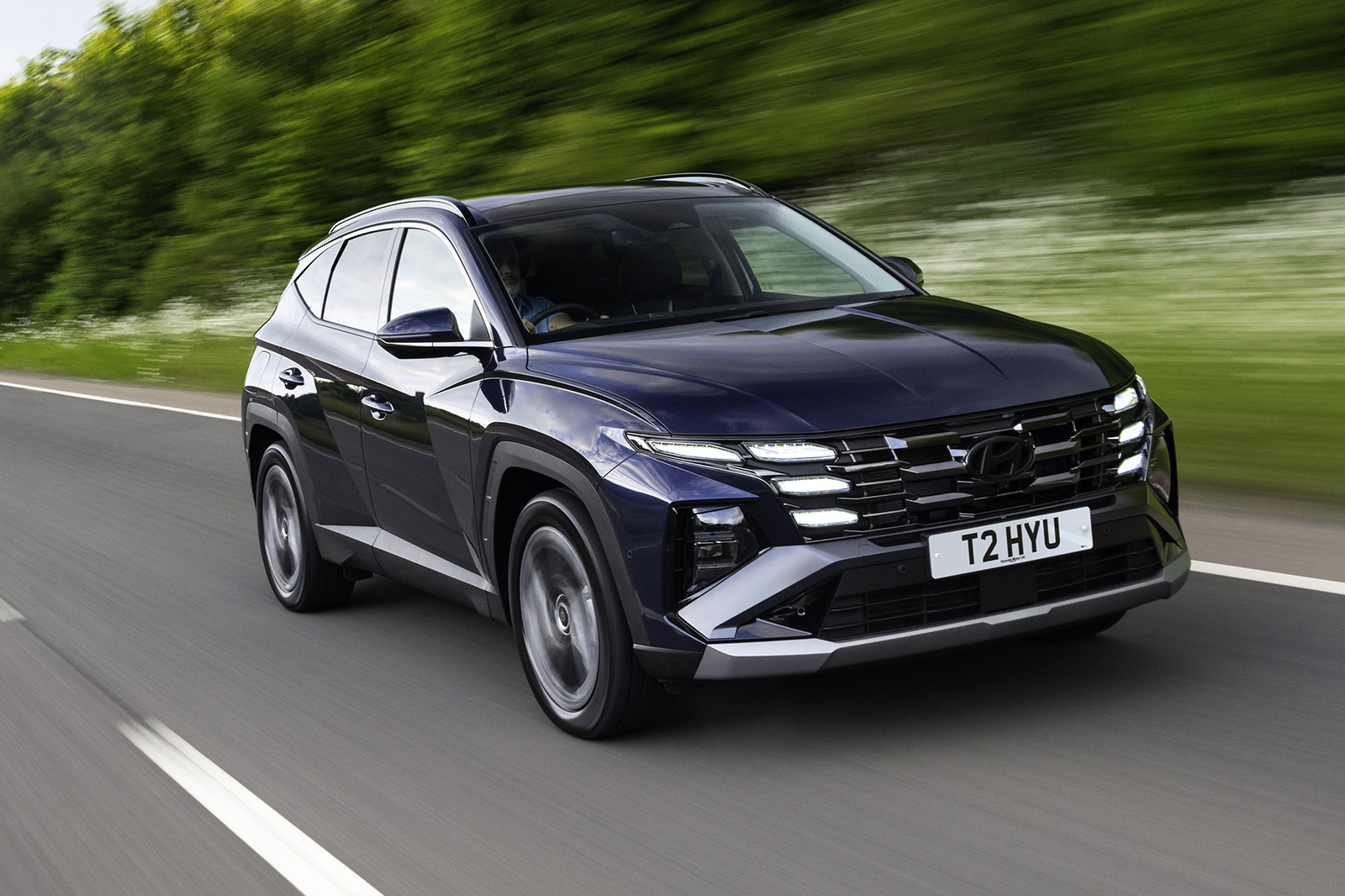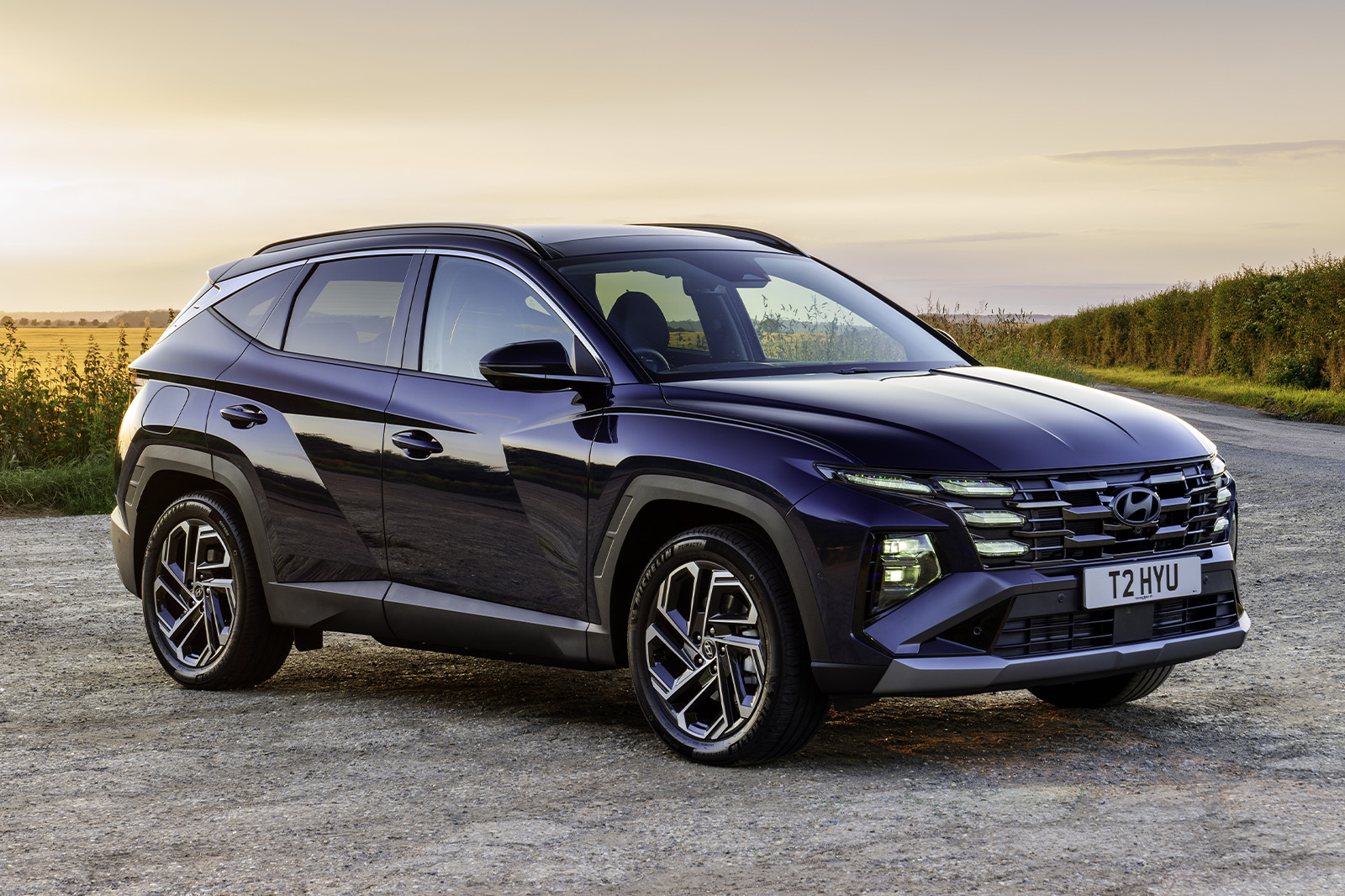The Tucson’s interior was always admirably designed and striking as the exterior, but some key changes were introduced in 2024.
It has a new dashboard, which is much tidier and more practical than the previous one, and a new storage compartment above the glovebox.
Other changes include a new centre console design with integrated wireless phone charging and USB-C ports.
Hyundai has also brought back some physical switches for controlling the cabin ventilation, thankfully, and buttons to quickly access key features including the sat-nav, media and vehicle settings.
There are two digital displays, connected to create the illusion of one, full-length screen. The fresh-looking set-up consists of a 12.3in digital instrument cluster and a 12.3in infotainment touchscreen.
There are several buttons beneath the touchscreen, then controls for the climate control and then even more clearly marked buttons for the likes of heated seats and steering wheel and parking sensors.
Hyundai’s changes include reducing the number of features controlled by touchpads, removing the ‘touchscreeny’ feel of before.
The front seats are broad and comfortable, with faux-leather material and attractively stitched. Rear passengers do just as well, with decent head and leg room, and although the width of the centre passenger’s perch is restricted in any car, there’s a broad armrest when there are just two aboard, or the entire centre section can fold.
The rear seat bench doesn’t just split and fold 40/20/40 but also has various stages of reclinement – handy if your youngsters want to doze off.
Behind all of that is a competitively sized 616-litre boot with a broad opening and largely plastic, durable-looking sides, although a few extra hooks and catches wouldn’t hurt.
As a result of the changes, the Tucson is a much more pleasant place to sit in terms of usability and general convenience - both significantly improved over the previous version.
Hyundai Tucson infotainment and sat-nav
Like almost every manufacturer, Hyundai has put its infotainment system within a touchscreen, but it isn’t too troubling to use by global standards.
The system is pretty straightforward to navigate and the graphics are clear, and there’s wireless Android Auto and Apple CarPlay included as standard.
It’s frustrating having to dive into several menus to turn off some of the more annoying assistance systems, but Hyundai has also added some steering-wheel-mounted buttons for controlling those.
One turns off the lane-keeping assistance, while the other allows you to customise its function and directly access the ADAS menu with a single button press. We like that a lot.



